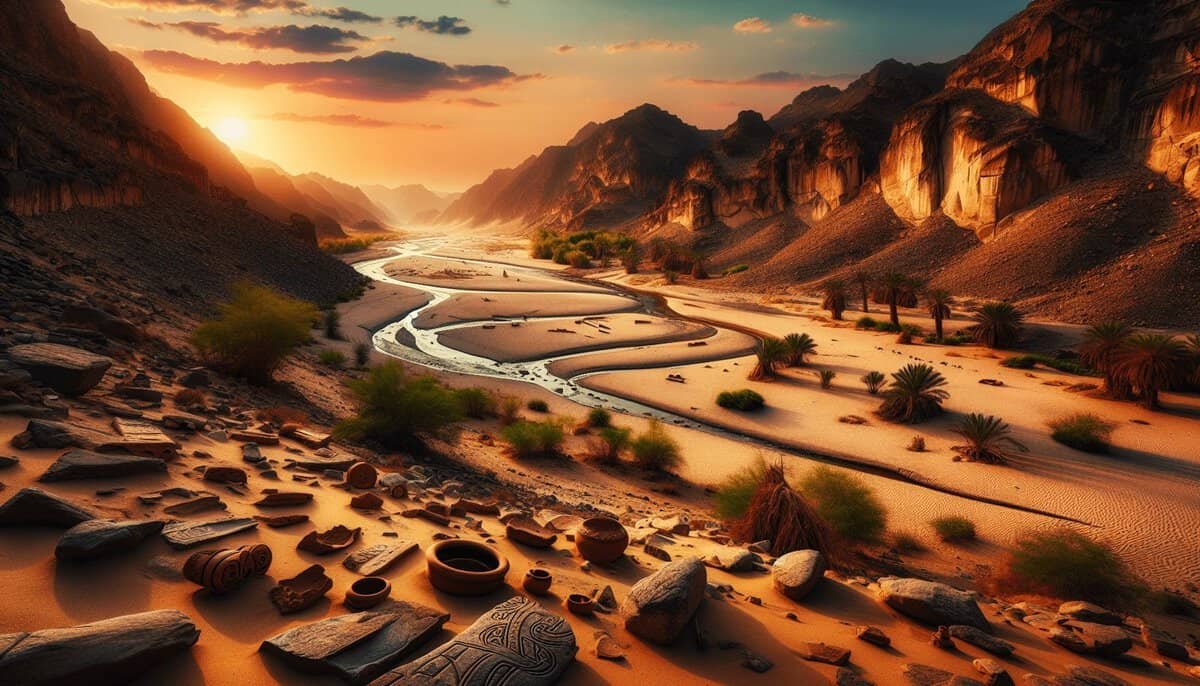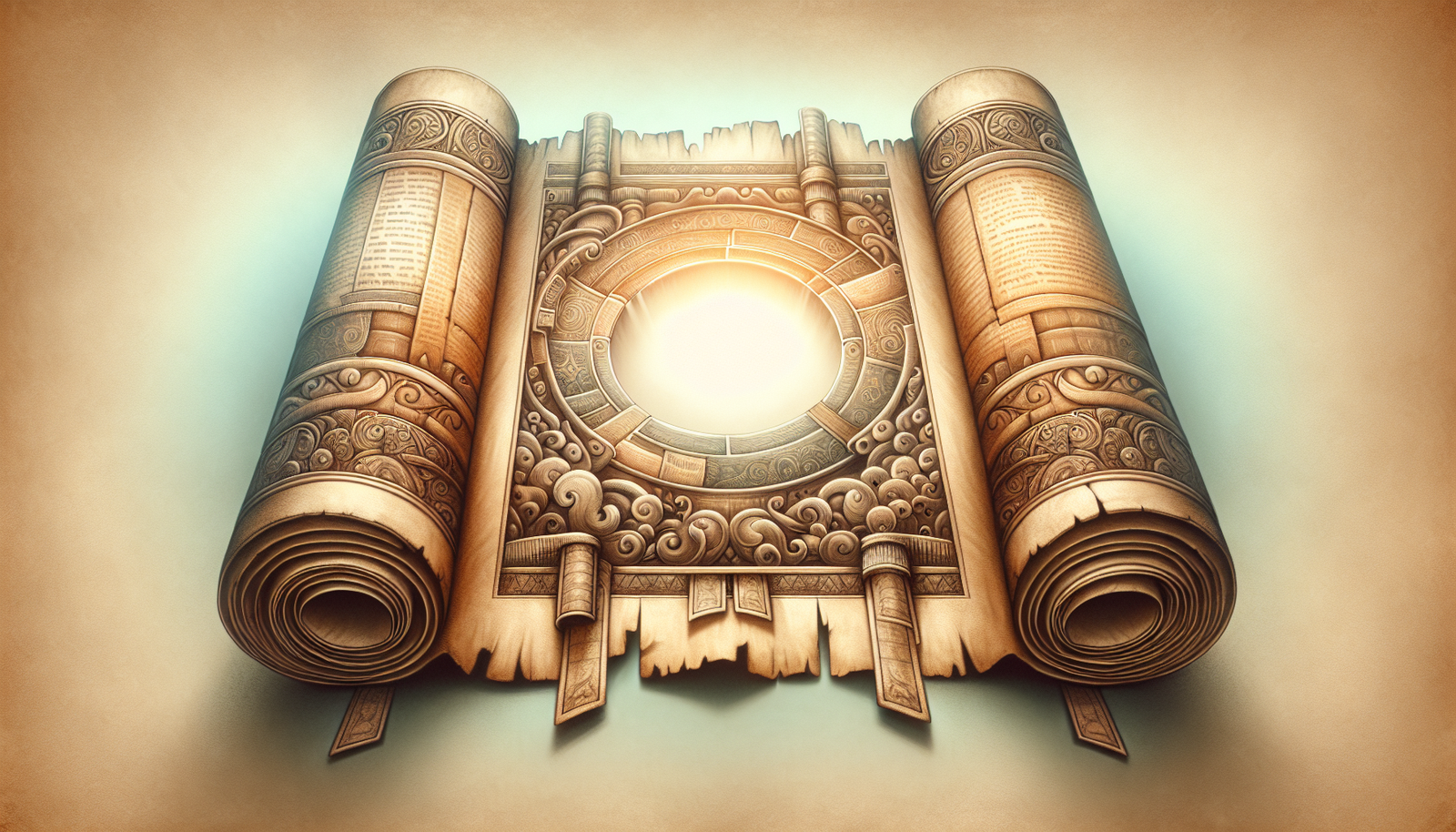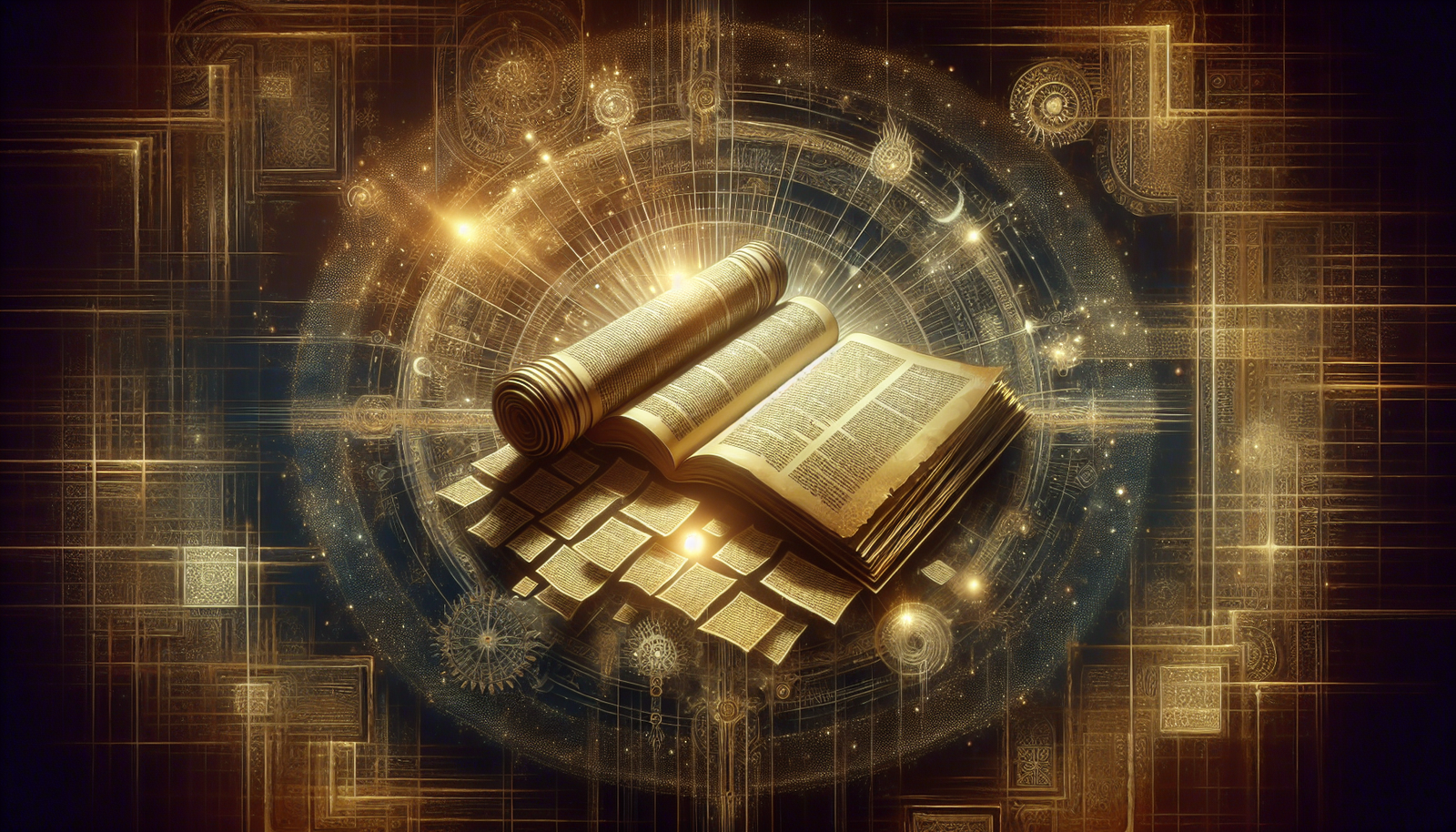Have you ever pondered what stories the landscape could tell if it could speak? Imagine standing in the heart of the Judean Desert, surrounded by stark rocks and whispering winds, where every stone and every riverbed holds secrets of a people long exiled. The Judean Desert is not just a desolate expanse; it serves as a ledger of history, reflecting the lives, struggles, and aspirations of those who wandered its ancient pathways. Let’s unravel this narrative together.
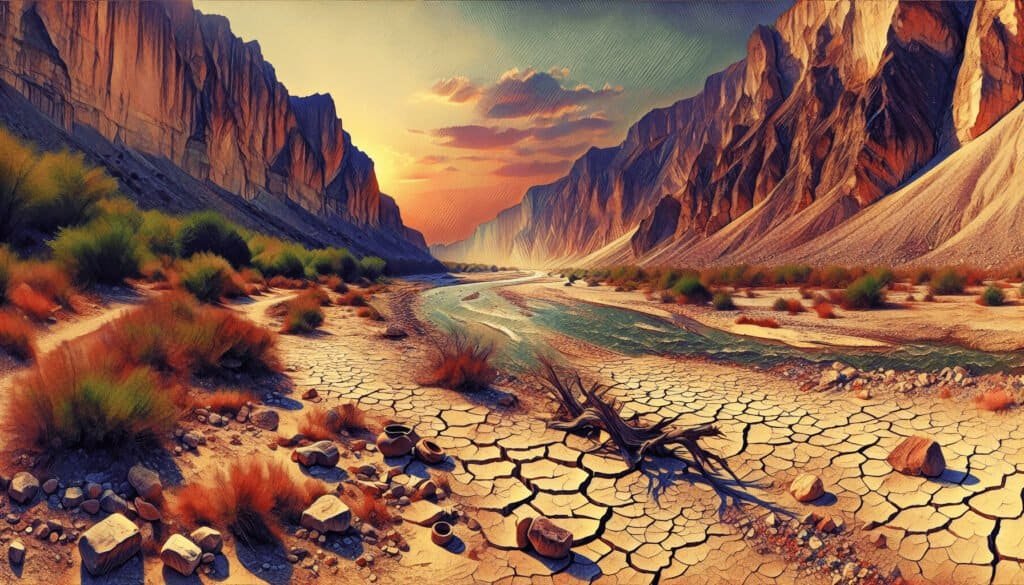
An Introduction to the Judean Desert
The Judean Desert is a significant geographical and historical feature of Israel and Palestine, often overlooked in the vast expanse of the Middle East. Stretching spectrally between Jerusalem and the Dead Sea, it embodies a harsh yet profound narrative of exile, reflection, and endurance. Many biblical accounts unfold in this arid landscape, marking it as a crucial space for both spiritual and historical exploration.
Historical Context of the Judean Desert
Understanding the Judean Desert requires you to step back in time, to periods when it was a refuge for many during critical junctures in Jewish history. From the Babylonian Exile to the Roman occupation, this landscape witnessed the trials and tribulations faced by the Jewish people.
- Babylonian Exile: After the destruction of the First Temple in 586 BCE, many were displaced and forced to navigate an uncertain future.
- Roman Influence: Fast forward several centuries, and you find the Judean Desert steeped in narratives of resistance against Roman rule, including the famous Jewish revolt.
Through these periods, the desert allowed for spiritual reflection and deep connection to faith. It’s in this geographical solitude where many turned to their scriptures, seeking solace and guidance.
The Riverbed: A Pathway Through History
The riverbed of the Judean Desert, particularly the Nahal Qumran, is a silent witness. The various archaeological findings along this dried-up riverbed illuminate the lives of its former inhabitants.
Archaeological Significance
Archaeologists have extensively studied the area, revealing findings that significantly enhance our understanding of life during critical historical epochs. Among the most notable discoveries are:
- The Dead Sea Scrolls: Hidden in caves near the riverbed, these ancient manuscripts provide invaluable insights into Jewish history, culture, and belief during the Second Temple period.
- Ancient Ruins: Remnants of communities that thrived along the riverbed, including the Qumran settlement, underline a rich tapestry of daily life, rituals, and community engagements.
Historically, the Judean Desert’s riverbed facilitated communication and trade, serving as a corridor for nomadic tribes and traders. The confluence of trade routes led to a fusion of cultures—a setting where ideas and traditions mingled, nurtured by the arid environment.
The Dead Sea Scrolls: A Testament of Resilience
When discussing the Judean Desert, one cannot overlook the significance of the Dead Sea Scrolls. These texts not only manifest the essence of Jewish heritage but also echo the voices of an exiled community yearning for connection and continuity.
Discovery and Preservation
The first of these scrolls were discovered in 1947 by Bedouin shepherds, introducing the world to an extraordinary collection of texts. Found in eleven caves near Qumran, these scrolls date back to the third century BCE and are believed to have been hidden by the Essenes, a Jewish sect.
| Scroll Types | Description |
|---|---|
| Biblical texts | Include versions of nearly every book of the Hebrew Bible. |
| Sectarian writings | Illustrate the beliefs and regulations of the Essenes. |
| Commentaries | Provide interpretations and expansions on biblical texts. |
Cultural and Theological Impact
The implications of the Dead Sea Scrolls extend far beyond mere historical interest. They have shaped modern biblical scholarship, offering variations of texts that have prompted re-examinations of the biblical canon. You might be surprised to learn how these discoveries have influenced contemporary religious thought and practices.
- Scriptural Authenticity: The scrolls show remarkable textual stability, affirming the Jewish people’s commitment to their Scriptures.
- Insight into Sectarianism: They reveal the dynamics of religious communities, shedding light on the deep-seated tensions and debates that characterized Second Temple Judaism.
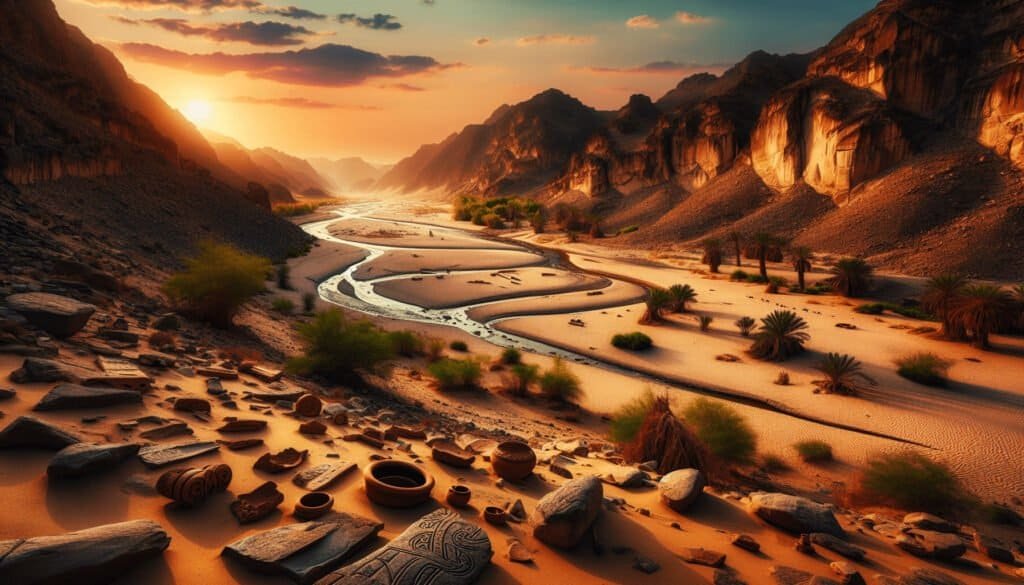
The Political Landscape of Exile
Exile, whether physical or spiritual, has left indelible prints on the Judean Desert. This landscape has served as a backdrop for moments of both despair and enlightenment for the Jewish people.
Historical Exiles
Throughout history, multiple waves of exile have transformed the Judean Desert into a sanctuary of sorts, where individuals sought guidance amidst chaos. Significant events include:
- The Babylonian Exile: As mentioned earlier, this period saw the forced displacement causing many to grapple with identity, prompting reflections captured in texts such as the Book of Lamentations.
- Roman Displacement: The aftermath of the destruction of the Second Temple in 70 CE wreaked havoc on the Jewish community, intensifying the feelings of dislocation and longing for a homeland.
The Search for Identity
In this realm of exile, the Judean Desert stands as a canvas where individuals painted their struggles and aspirations. Here, you can see the roots of Jewish identity formulating amidst adversity. People clung to their traditions, utilizing the riverbed as a metaphorical lifeline—a reminder of the past and an aspiration for the future.
Modern Perspectives: The Judean Desert Today
Fast forward to contemporary times—what does the Judean Desert signify for you today? The landscapes may remain largely unchanged, but the narratives have evolved, intertwining past and present in fascinating ways.
Tourism and Scholarship
In the 21st century, the Judean Desert has become a site not only for archaeological pursuits but also for tourism. Visitors flock to explore ancient ruins, hike through arid terrains, and meditate on the spiritual significance of the landscape.
- Sustainable Tourism: Efforts are underway to promote sustainable tourism while respecting the delicate ecosystem and cultural heritage.
- Educational Programs: Various institutions organize educational tours and workshops designed to heighten awareness of the historical and spiritual dimensions of the desert.
New Discoveries
Ongoing archaeological initiatives continue to unearth more about the Judean Desert. Discoveries range from new manuscripts to ruins of ancient settlements, providing fresh perspectives on the societies that once thrived in this seemingly inhospitable environment.
Cultural Reflection Through Literature and Arts
The Judean Desert stands not only as a historical landmark but also as a muse for creativity. Its stark beauty and rich history have inspired writers, musicians, and artists throughout time.
Literature
The themes of exile, longing, and identity resonate deeply in literature. Modern authors often draw upon the landscape to convey the emotional weight carried by those separated from their homeland. You might find that contemporary Israeli literature superbly reflects the struggles and triumphs associated with national identity, influenced heavily by historical narratives tied to the Judean Desert.
Artistic Representations
Similarly, the desert’s striking vistas have inspired artists. Film, photography, and paintings frequently capture its essence, evoking emotions tied to history. Whether through panoramic vistas or intimate portrayals of daily life in ancient times, art remains a vital conduit for connecting individuals to the landscape’s past.
Spiritual Significance of the Judean Desert
You may wonder if the Judean Desert still holds spiritual significance today. For many, it remains a pilgrimage site, drawing those yearning for a deeper connection to their faith and heritage.
Contemporary Pilgrimages
Many modern religious movements consider the Judean Desert a sacred space reflecting both historical concerns and contemporary spiritual journeys. Pilgrims find themselves rejuvenated by the stillness of the desert, offering a stark contrast to the hustle and bustle of urban life.
- Spiritual Retreats: Many organizations foster spiritual reflection through retreats and meditation in the desert, embracing its tranquil atmosphere.
- Biblical Sites: Key sites like the Mount of Olives, Masada, and the traditional locations of important biblical events attract those seeking a tangible link to their faith.
Challenges Facing the Judean Desert
However, despite its historical richness, the Judean Desert is not without its challenges—environmental concerns and socio-political issues necessitate attention.
Environmental Concerns
The natural environment is fragile, facing threats from climate change and human activity.
- Water Scarcity: Over-extraction of water resources is creating a dilemma not only for the flora and fauna but also for the communities.
- Preservation of Heritage Sites: Balancing tourism with preservation has become crucial to maintain the area’s integrity while allowing people to witness its splendor.
Socio-Political Context
The region’s political landscape continues to evolve, with tensions surrounding its meaning to various groups.
- Cultural Sensitivity: Understanding the layers of historical significance for different communities is vital for respectful engagement with the land.
- Dialogue and Reconciliation: Promoting discussions around the Judean Desert can forge connections among diverse communities, revealing shared narratives and mutual respect.
Concluding Thoughts: Bridging Ancient and Modern Perspectives
As we’ve journeyed through the narrative of the Judean Desert, it becomes clear that this land is more than mere rock and sand. It embodies the legacies of a people—stories of faith, adversity, and resilience echo through its hills and valleys. The riverbed, much like a ledger, records the movements, beliefs, and traditions of those exiled, all while remaining a beacon for modernity.
While the past provides invaluable lessons, today’s context situates the Judean Desert as a living testament—one that continues to inspire reflection, understanding, and dialogue. You can see how as we navigate our contemporary realities, the insights gleaned from this ancient space offer a compass for traversing our paths forward.
The Judean Desert may appear formidable, but in its rocks and riverbeds, it carries a wealth of stories that are, at their core, reflections of your own human experience—marked by exile, longing, and a quest for belonging.
